Culture of the human pilosebaceous unit, hair follicle and sebaceous gland
May 2018
in “Experimental Dermatology”
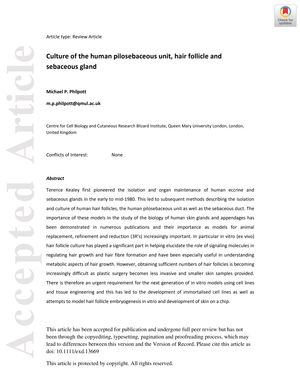
TLDR The article concludes that developing in vitro models for human hair structures is important for research and reducing animal testing, but there are challenges like obtaining suitable samples and the models' limitations.
The review article from May 1, 2018, by Michael P. Philpott focuses on the development of in vitro culture models for human hair follicles, pilosebaceous units, and sebaceous glands. These models are essential for understanding hair biology and testing treatments for hair disorders. The article addresses the challenges of obtaining hair follicles due to less invasive surgery techniques and the need for new models using cell lines and tissue engineering. It also discusses the role of these models in reducing animal testing. The review provides guidelines for hair follicle organ culture models and notes that not all skin samples are suitable for hair follicle isolation. It mentions the culture of terminal pilosebaceous units, which can produce hair fibers in culture, and the isolation and culture of sebaceous glands for studying the effects of androgens and retinoids. The document highlights the limitations of cultured hair follicles, such as their short lifespan in vitro and the difficulty in modeling the complete hair cycle.
View this study on onlinelibrary.wiley.com →
Cited in this study
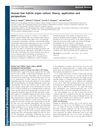
research Human hair follicle organ culture: theory, application and perspectives
Human hair follicle organ culture is a useful model for hair research with potential for studying hair biology and testing treatments.
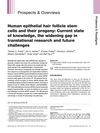
research Human epithelial hair follicle stem cells and their progeny: Current state of knowledge, the widening gap in translational research and future challenges
We need more research to better understand human hair follicle stem cells for improved treatments for hair loss and skin cancer.
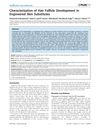
research Characterization of Hair Follicle Development in Engineered Skin Substitutes
Engineered skin substitutes can grow hair but have limitations like missing sebaceous glands and hair not breaking through the skin naturally.
research Topobiology of Human Pigmentation: P-Cadherin Selectively Stimulates Hair Follicle Melanogenesis
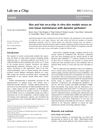
research Skin and hair on-a-chip: in vitro skin models versus ex vivo tissue maintenance with dynamic perfusion
The Multi-Organ-Chip improves the growth and quality of skin and hair in the lab, potentially replacing animal testing.
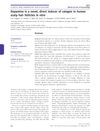
research Dopamine is a novel, direct inducer of catagen in human scalp hair folliclesin vitro
Dopamine stops hair growth and pigment production in human scalp hair follicles.
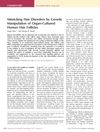
research Mimicking Hair Disorders by Genetic Manipulation of Organ-Cultured Human Hair Follicles
Scientists can mimic hair disorders by altering genes in lab-grown human hair follicles, but these follicles lack some features of natural ones.
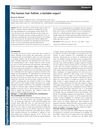
research The human hair follicle, a bistable organ?
Human hair follicles switch between active and resting phases unpredictably.
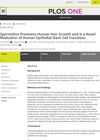
research Spermidine Promotes Human Hair Growth and Is a Novel Modulator of Human Epithelial Stem Cell Functions
Spermidine may help reduce hair loss and deserves further testing as a treatment.
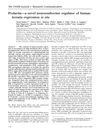
research Prolactin—a novel neuroendocrine regulator of human keratin expressionin situ
Prolactin affects the production of different keratins in human hair, which could lead to new treatments for skin and hair disorders.
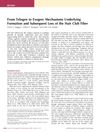
research From Telogen to Exogen: Mechanisms Underlying Formation and Subsequent Loss of the Hair Club Fiber
Hair shedding is an active process that could be targeted to treat hair loss.
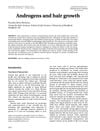
research Androgens and hair growth
Androgens can both increase and decrease hair growth in different parts of the body.
research Dissecting the Impact of Chemotherapy on the Human Hair Follicle
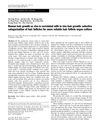
research Human hair growth ex vivo is correlated with in vivo hair growth: selective categorization of hair follicles for more reliable hair follicle organ culture
Choosing hair follicles at the same growth stage leads to more consistent hair growth experiments.
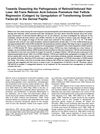
research Towards Dissecting the Pathogenesis of Retinoid-Induced Hair Loss: All-Trans Retinoic Acid Induces Premature Hair Follicle Regression (Catagen) by Upregulation of Transforming Growth Factor-β2 in the Dermal Papilla
All-trans retinoic acid causes hair loss by increasing TGF-β2 in hair follicle cells.

research Limitations of human occipital scalp hair follicle organ culture for studying the effects of minoxidil as a hair growth enhancer
Scalp hair follicle culture has limits for testing minoxidil's hair growth effects.

research Androgenetic Alopecia: In Vivo Models
Stump-tailed macaque best for researching hair loss causes and treatments.

research The Biology of Hair Follicles
Hair follicle biology advancements may lead to better hair growth disorder treatments.
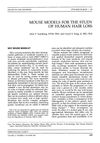
research MOUSE MODELS FOR THE STUDY OF HUMAN HAIR LOSS
Mice are useful for researching human hair loss and testing treatments, despite some differences between species.
research Effects of EGF on the Morphology and Patterns of DNA Synthesis in Isolated Human Hair Follicles

research Classification of the types of androgenetic alopecia (common baldness) occurring in the female sex
Common baldness, also known as Androgenetic Alopecia, is caused by a combination of genetic factors and hormones called androgens.
Related

research Hair loss (alopecia or baldness)
Baldness is often hereditary and linked to male hormones, becoming noticeable when half the hair is lost.
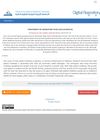
research Treatments of hereditary hair loss (alopecia)
Some treatments like minoxidil, finasteride, and surgery can help with hereditary hair loss.

research GainmoreTM M: An oral supplementation in men with Androgenic Alopecia for reduction in hair loss & new hair growth
Using body measurements can help achieve good results in plastic surgery like reshaping the torso, but it doesn't work for all body types.
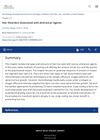
research Hair Disorders Associated with Anticancer Agents
Some cancer treatments cause different types of hair loss, but scalp cooling can help prevent it.
research [Effectiveness of the treatment plan for androgenetic alopecia].
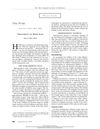
research Treatment of Hair Loss
Finasteride and minoxidil are effective for hair loss, but continued research is needed for better treatments.
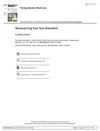
research Nonscarring hair loss disorders
Most types of hair loss can regrow naturally, but there are no effective cures for male pattern or age-related hair loss, and only limited options for females.